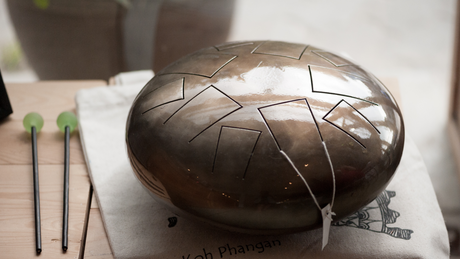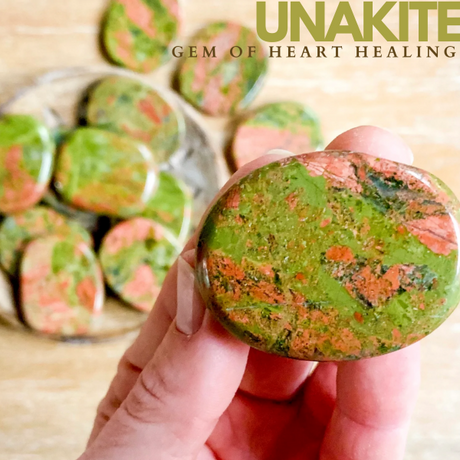What Is Ametrine?
Ametrine is a naturally occurring crystal that combines two Quartz varieties—Amethyst and Citrine—in one stunning stone. You’ll usually see a distinct blend of purple and golden-yellow hues within a single crystal, creating a natural gradient of calm and energy.
This color zoning isn’t dyed or fused—it’s a result of differing oxidation states of iron within the crystal, caused by variations in temperature during formation.
Translation? Nature is a master of multitasking.
Where Does Ametrine Come From?
Almost all natural Ametrine on the market comes from one main source: the Anahí Mine in Bolivia, which has been producing this rare bi-colored Quartz for centuries. The mine was reportedly discovered by a Spanish conquistador in the 1600s—and named after his Indigenous bride, Anahí, who gifted him the stone.
At Rare Earth Gallery, we carry polished Ametrine points, spheres, and jewelry-grade pieces with rich color zoning—each handpicked for clarity, color balance, and character.
What Makes Ametrine Special?
It’s rare to find two distinct crystal energies so clearly combined in a single natural stone. Ametrine bridges the properties of both Amethyst and Citrine, which makes it a favorite for collectors and anyone seeking balance.
Metaphysical Properties
Ametrine is associated with both the Crown Chakra (from Amethyst) and the Solar Plexus Chakra (from Citrine). It’s believed to:
-
Harmonize logic and intuition
-
Boost mental clarity while encouraging creative flow
-
Promote both spiritual peace and personal motivation
Many people use it for decision-making, meditation, or to create a balanced work environment.
How to Use or Display Ametrine
Whether metaphysical or purely aesthetic, Ametrine is a striking addition to any crystal collection or interior space. Use it as:
-
A meditation companion to connect head and heart
-
A desk crystal for focus and creativity
-
A jewelry stone that’s both elegant and energetic
-
A gift for someone who thrives on balance and boldness
Why Choose Ametrine from Rare Earth Gallery?
We curate Ametrine pieces with an eye for color contrast, crystal structure, and overall energy. Our selection includes both raw and polished specimens, and we’re always happy to help match you with the right stone—whether for collecting, gifting, or personal growth.
Final Thoughts
Ametrine is the perfect blend of tranquility and vitality, spirit and spark. With its natural beauty and dual personality, it’s a reminder that you don’t have to choose between peace and power—you can have both, beautifully fused in one extraordinary crystal.
Visit Rare Earth Gallery in Cave Creek or explore our Ametrine offerings online to find your perfect piece.













